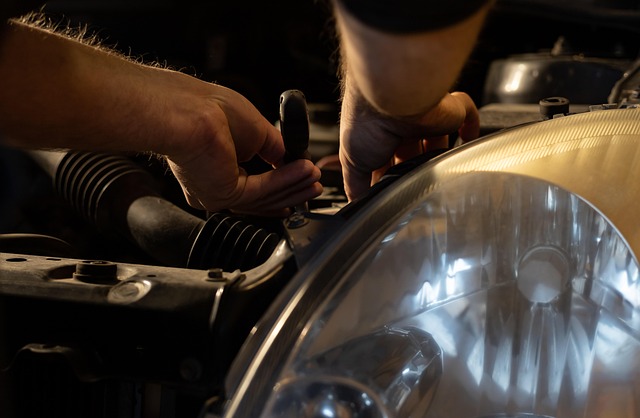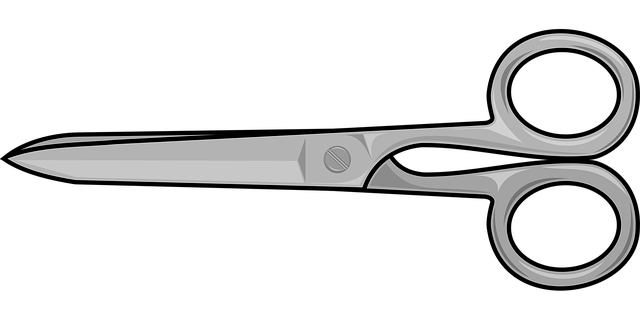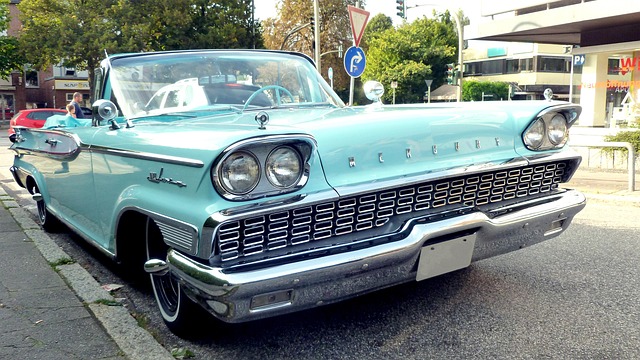A collision claim settlement involves assessing damage, repairing or reimbursing for vehicle fixes, and is crucial for fair insurance premium calculation. It aims to restore your car to pre-accident condition while impacting future costs for insurers. Quick, straightforward settlements suggest lower risks, potentially stabilizing premiums. Proactive safety measures like regular maintenance and safe driving habits can further reduce post-claim insurance costs. Choosing reliable collision repair services ensures minimal expenses in restoring your vehicle.
A collision claim settlement is a significant event that can impact your insurance premiums. This article delves into the intricacies of collision claim settlements, explaining what they entail and how they affect your policy costs. We explore the mechanisms behind premium changes and offer strategies to mitigate costs after a collision claim. Understanding these factors empowers insureds to make informed decisions and navigate their insurance landscape effectively.
- Understanding Collision Claim Settlements: What They Entail
- The Impact on Insurance Premiums: How and Why Rates Change
- Mitigating Costs: Strategies to Reduce Premium After a Collision Claim
Understanding Collision Claim Settlements: What They Entail

When you file a collision claim with your insurance provider, it’s important to understand that this process involves more than just financial compensation for your damages. A collision claim settlement encompasses several key elements that can significantly impact your future insurance premiums. Initially, your insurer will assess the extent of the damage to your vehicle, often through an inspection by their own appraiser or a third-party professional. Depending on the severity, this could involve repairs ranging from minor dent removal to complete car body repair.
Once the repair scope is determined, the settlement process begins. Your insurance company will either directly pay for these vehicle repair services at a network of trusted auto body shops or reimburse you for the costs after you’ve had your car repaired by a shop of your choice. The cost of these repairs, along with administrative fees and other associated expenses, contributes to the final settlement amount. Importantly, this entire process is designed to restore your vehicle to its pre-accident condition while ensuring that all claims are fairly and accurately accounted for, ultimately influencing future premium calculations.
The Impact on Insurance Premiums: How and Why Rates Change

When a collision claim is settled, it can have a significant impact on your insurance premiums. Insurance companies use data from claims to calculate risk and set rates. A collision claim, whether minor or severe, signals an increase in potential future costs for the insurer. This is because repairs after a collision, often involving complex collision repair and car repair services, can be costly, especially if parts need to be replaced rather than repaired.
The process of settling a claim also matters. A quick, straightforward settlement suggests less risk, potentially leading to minimal premium changes. However, prolonged negotiations or complex cases can indicate higher future costs for the insurer, translating to higher premiums for policyholders. Therefore, prompt and fair collision claim settlements are beneficial for both insurers and insured individuals alike, aiming to maintain affordable insurance rates while ensuring adequate coverage for unexpected events like accidents.
Mitigating Costs: Strategies to Reduce Premium After a Collision Claim

After a collision claim, one common concern among policyholders is how it will impact their insurance premiums. While a claim can lead to an increase in costs, there are several strategies to mitigate these expenses and help reduce your premium over time. One effective approach is proactive maintenance. Regularly servicing your vehicle, including oil changes, tire rotations, and routine inspections, can prevent minor issues from turning into major repairs, thus reducing the likelihood of future claims.
Additionally, prioritizing safe driving habits can significantly lower your risk profile as an insured. Avoiding aggressive maneuvers, adhering to speed limits, and maintaining a safe distance from other vehicles can minimize the chances of accidents. Many insurance providers also offer loyalty discounts for policyholders with clean driving records. Moreover, comparing quotes after resolving a collision claim is prudent. Different insurers have varying rates, and shopping around may reveal more affordable options that suit your needs, helping you save on premiums for the long term. Remember, choosing reliable car repair services, such as those offering quality auto collision repair and auto painting, can also contribute to cost savings by ensuring your vehicle’s restoration to its pre-collision condition with minimal expense.
A collision claim settlement is not just a financial transaction; it significantly influences your insurance premiums. Understanding how this process works and its impact can empower you to make informed decisions and potentially mitigate costs. By knowing the factors that contribute to rate changes, you can explore strategies to reduce premiums post-claim, ensuring more affordable coverage without compromising on protection for future collisions.














